Radicalism
IN THE MOUNTAIN WEST, 18901920
Radicalism
IN THE MOUNTAIN WEST, 18901920

Socialists, Populists, Miners, and Wobblies
DAVID R. BERMAN

UNIVERSITY PRESS OF COLORADO
2007 by the University Press of Colorado
Published by the University Press of Colorado
5589 Arapahoe Avenue, Suite 206C
Boulder, Colorado 80303
All rights reserved
Printed in the United States of America

| The University Press of Colorado is a proud member of the Association of American University Presses. |
The University Press of Colorado is a cooperative publishing enterprise supported, in part, by Adams State College, Colorado State University, Fort Lewis College, Mesa State College, Metropolitan State College of Denver, University of Colorado, University of Northern Colorado, and Western State College of Colorado.
 The paper used in this publication meets the minimum requirements of the American National Standard for Information SciencesPermanence of Paper for Printed Library Materials. ANSI Z39.48-1992
The paper used in this publication meets the minimum requirements of the American National Standard for Information SciencesPermanence of Paper for Printed Library Materials. ANSI Z39.48-1992
Library of Congress Cataloging-in-Publication Data
Berman, David R.
Radicalism in the mountain West, 18901920 : socialists, populists, miners, and Wobblies / David
R. Berman.
p. cm.
Includes bibliographical references and index.
ISBN 978-0-87081-884-4 (hardcover : alk. paper) 1. RadicalismWest (U.S.)History. 2.
PopulismWest (U.S.)History. 3. West (U.S.)Politics and government. I. Title.
HN49.R33B47 2007
303.484dc22
2007024033
Design by Daniel Pratt
16 15 14 13 12 11 10 09 08 07 10 9 8 7 6 5 4 3 2 1
To Susan, Wendy, and Zoe

Tables

Preface
HISTORIAN W. J. CASH OBSERVED some years ago that the South is not simply a geographic division of the United States. Rather, one finds in this region a complex of established relationships and habits of thought, sentiments, prejudices, standards, and values, and association of ideas, shared by most people, that distinguishes the area from others. While one is not altogether certain the same can be said of the Mountain WestArizona, Colorado, Idaho, Montana, Nevada, New Mexico, Utah, and Wyomingthese states do share a common history of interest to students of radicalism.
The Mountain West in the last decade of the nineteenth century and the first two decades of the twentieth century was a place where radicalspeople who wanted to replace the capitalist system, not simply reform itwere active on both the political and industrial fronts. While previous work suggests that the nature and impact of the radical movement in the United States during this period varied considerably from region to region, little has been done to examine the Mountain West in this regard. This book aims to fill this gap and to help not only to complete the story but also to increase our understanding of the strengths and weaknesses of the radical movement as a whole.
My central focus is on Socialist party activities in the area and events that conditioned party development and the broader environment in which the Socialists functioned. More specifically, the study focuses on (1) the relationship between the Populist and Socialist movements and how both were related to the emergence of a streak of radicalism in the union movement, particularly in mining areas; and (2) the development, characteristics, limitations, and accomplishments of Socialist party organizations in the area. Along the way I touch upon several themes of interest to western historiansfree silver, labor relations, violence, woman suffrage, and Mormonism among themand, for political scientists as well as historians, the utility of third parties as vehicles for change.
I found an emerging labor force central to the development and growth of both the Populist and Socialist parties, a force that at various times, particularly in mining areas, had a radical component based not so much on radical doctrine as on the workers experiences. On the industrial front, Mountain West radicals stood out from their counterparts in other regions of the country in their willingness to confront employers and in the extent to which they were willing to engage in violence. At the same time, Mountain West Socialist parties did well compared with their counterparts in other regions, in terms of membership, picking up votes, and winning elections. Clearly, the parties had something special going for them.
The study suggests that radicals benefited from an ongoing anti-corporate reform effort that was all the more potent because of its ties to anti-colonial sentiment; the momentum built up by a relatively successful labor-centered Populist crusade; the strong emphasis in the labor movement on industrial unionism and the resulting worker solidarity, which included unskilled as well as skilled labor; the emergence of discontent in mining areas (a discontent radicals did not just take for granted but actively cultivated); and the existence of a party system that, for various reasons, was unusually favorable to third parties efforts. The last factor may have been especially significant.
The fact that the parties did not do better in an absolute sense may be attributed to a variety of factors, some of which in varying degrees affected Socialist parties elsewhere and some, such as the opposition of the Mormon Church, of which were unique to the region. When it comes to barriers the story is much the same throughout the regionthe disinterest or downright hostility of workers; the opposition of newly enfranchised women voters and of church leaders; town builders fear that radicals would scare off investors; the determined, sometimes ruthless, resistance of mining companies; the use of state and federal troops to subdue workers; and the popularity of conspiracy theories linking radicals to Germanys side in World War I all presented formidable barriers for the radicals. In particular, the impact of the party movement was sapped by the thunder-stealing reformers and the patriotic surge of World War I, which, because of the partys opposition to the war, was used against it. The radicals principal achievement may have been in capturing enough votes and causing enough disruption on industrial fronts to wring concessions from those in power.
In these pages I describe the broader environment in which the radicals functioned, the havoc they raised, and the reaction to them. Included are accounts of a variety of dramatic events, including violent strikes and murders that are of interest in and of themselves but are also important because they functioned as defining moments that shaped opinions and guided future conduct and events. One finds ideological polarization, anger, fear, violence, and, in part because of participants efforts to shape or spin the news in their favor, sharply different firsthand accounts of various events. Much of the battle was over which side, the radicals or their opponents, could win over public opinion to their point of view. On this count, the opponents generally came out on top.


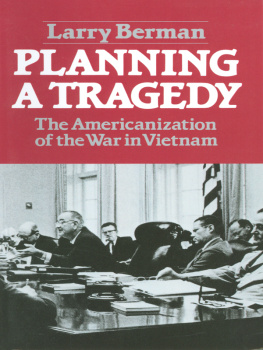
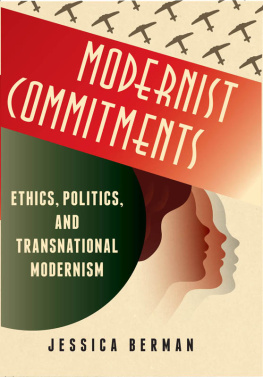


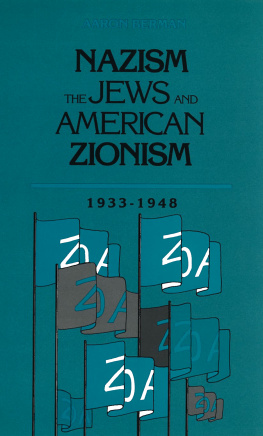

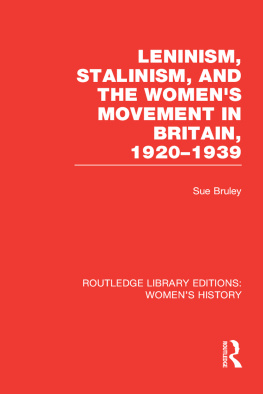
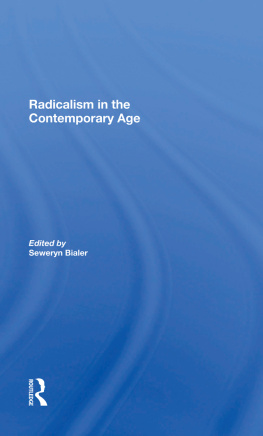



 The paper used in this publication meets the minimum requirements of the American National Standard for Information SciencesPermanence of Paper for Printed Library Materials. ANSI Z39.48-1992
The paper used in this publication meets the minimum requirements of the American National Standard for Information SciencesPermanence of Paper for Printed Library Materials. ANSI Z39.48-1992